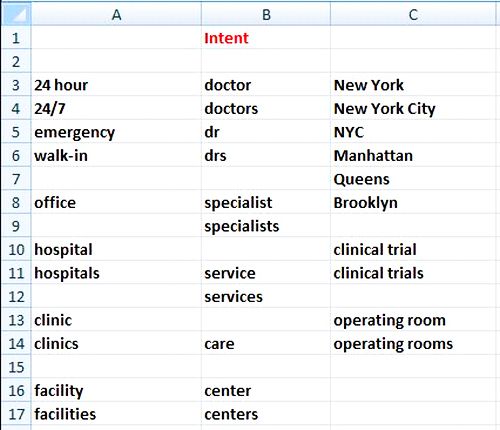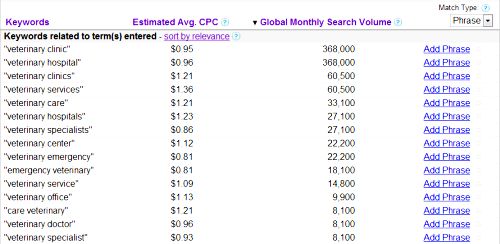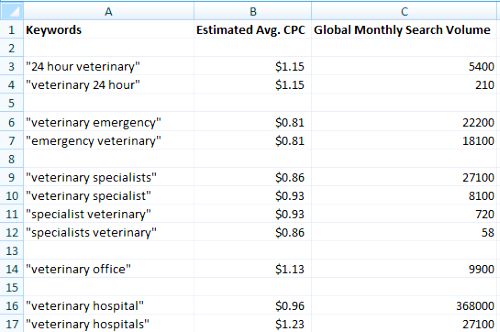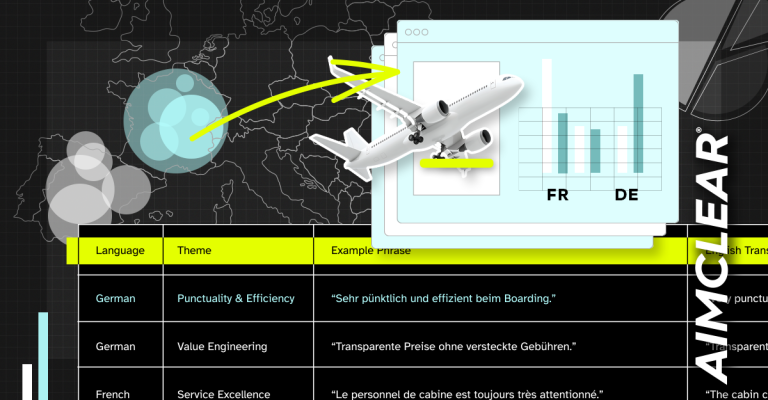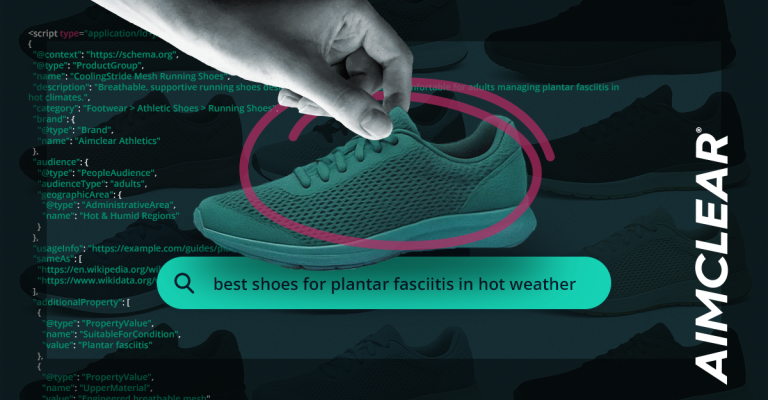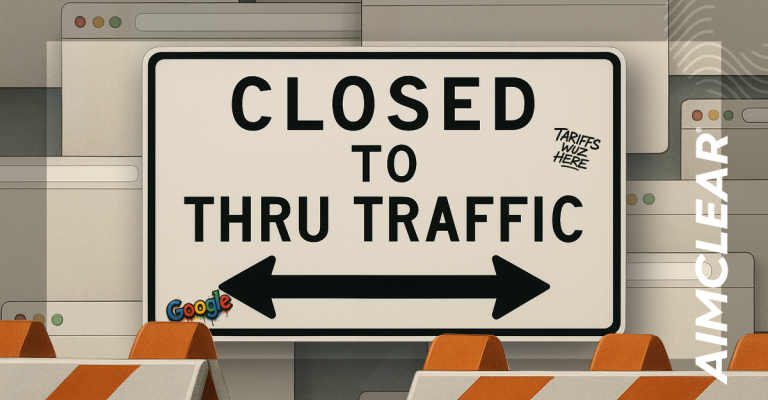There has been much written surrounding classic query types. In review, conventional wisdom dictates that there are basically three kinds:
- Informational – suggests the searcher is on the broad quest for knowledge about a topic of interest (medical symptoms, film trivia, tips on housebreaking puppies, etc.).
- Navigational – indicates the searcher is on the hunt for a specific website, usually dedicated to a specific brand (a search for Pepsi usually means the searcher’s destination is Pepsi.com).
- Transactional – connotes the searcher is ready to make a purchase online (typically formatted like so: “buy [product keyword] online”]).
However, things are not always that cut and dry. In these days of four and five word searches, there are subtle shades of intent that aren’t always obvious to the marketer. For PPC jockeys, spending cold cash to separate out live customers can be a crucial matter of budget. Let’s take a look at four ways to identify and leverage some subtle intent words out there to help you focus time and money on PPC keywords that should stand a decent better of converting.
Background
When crafting PPC campaigns, it can be tempting to choose any keywords that seem highly relevant to your client’s products and services. Targeting people who search for what Client X has to offer makes sense at face value: doctor is to “surgery” as restaurant owner is to “Indian food” as clothing store is to “yellow sweater,” right? Tight industry-associated keywords reach out to every Tom, Dick and Harry interested in your commodity, and the glistening pot of search volume they generate is enough to make any client glassy-eyed with glee. But as the marketer-of-record (he/she who will be judged on actual ROI) are you in tune with how deep in the purchase funnel these searches are?
4 Types of Keywords that Help Define User Intent
The objective here is to get a handle on the level of intent behind a person’s search. There won’t always be blatantly obvious “where can I buy a” or “where can I find a” transactional prefixes to distinguish walk-by traffic from potential customers.
1) Profession-based keywords. Determining user intent can be as simple as separating commodity-based keywords from the people who provide them. For example, someone searching for “gynecology” may have a very different end-goal compared to someone searching for “gynecologist.” The former is more informational whereas the latter suggests a sense of direction, of urgency, of preparedness to take next steps further into the funnel. This works for a healthy chunk of industry-based descriptive nouns and their performers:
2) Clarification keywords. The keywords people tack onto informational short tail queries can help define intent, too. For example, “kidney stone” as a stand-alone keyword is too generic to convey intent one way or the other, but consider:
- kidney stone doctor
- kidney stone specialist
- kidney stone medical center
- kidney stone hospital
- kidney stone emergency clinic
- kidney stone 24 hour clinic
The bold terms up the intent value of the basic keywords tremendously. This person is no longer searching for information about kidney stones… they’re looking for someone or someplace where they can find help. These are “buyers,” considerably deeper in the purchase funnel, and as such, worth marketing to.
3) Transactional keywords. Terms such as “cheap,” “discount,” “clearance,” and “new” convey intent in a very direct way. A query for “discount digital camera” immediately places the searcher deeper in the buying funnel as opposed to simply “digital camera.”
4) Geo-specific keywords. Tacking a city or zip code to a generic keyword also strengthens the level of intent. A search for “Indian food New York City” is much more telling of a person’s intent as compared to simply “Indian food.”
Once you identify your profession-based keywords, clarification keywords, transactional keywords and geo-specific keywords, dump them all into a tab on an excel sheet. For the sake of this post, let’s run with the example of a client who happens to be a veterinarian. Here’s some examples of correlating intent words:
Incorporating Intent Keywords into your PPC Ads
Either manually or with a keyword list generating tool, mash up carefully thought out intent words with any keywords that apply to your industry.
Run the mashed up keywords though the AdWords Keyword Tool to obtain literal search volume on terms that indicate a readiness to convert:
Now head further out on the long tail by mashing up three buckets: industry words, intent words and geo-specific words:
Segmenting the Results
Export the keyword mash to an Excel spreadsheet:
Create tabs in the spreadsheet as you see fit:
From there create keyword clusters with correlating data- for example, a chunk of the spreadsheet dedicated to search terms with the intent word “specialist” and a chunk for “hospital.”
Armed with these intent-driven keywords and their literal inventory, you’re ready to create PPC ads that specifically target people ready to convert.
Sure, adding the the keyphrase “new york” as a qualifier to “veterinary hospital” whittles the global search volume from 368,000 down to 390, but those 390 people are your new best friends (and potential customers). The last thing you want to do with your PPC budget is spend it educating the sweaty masses at the top of the funnel who aren’t ready or even looking to convert. Your goal should be to identify those in the prone-to-purchase sweet spot and pounce with your effective PPC ads.
Let the record show that it certainly isn’t a waste to market to informational keywords so long as the process is undertaken in a very intentionally way. PPC ads to informational searches are terrific for engaging users, making friends, building brands and even selling at a reduced conversion rate and (often) higher CPA. On the other hand, marketing specifically to intent words will filter your keyword bucket to such a great extent that you can expect fewer but better converting searches.
photo credit: AlishaV


